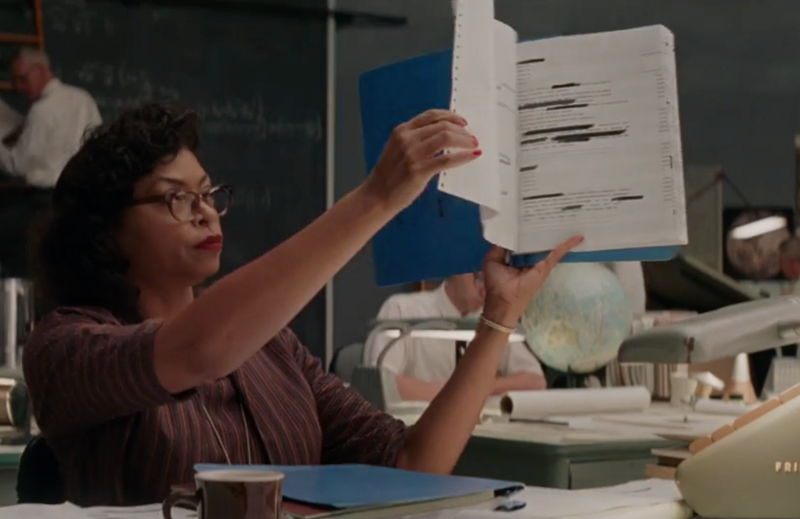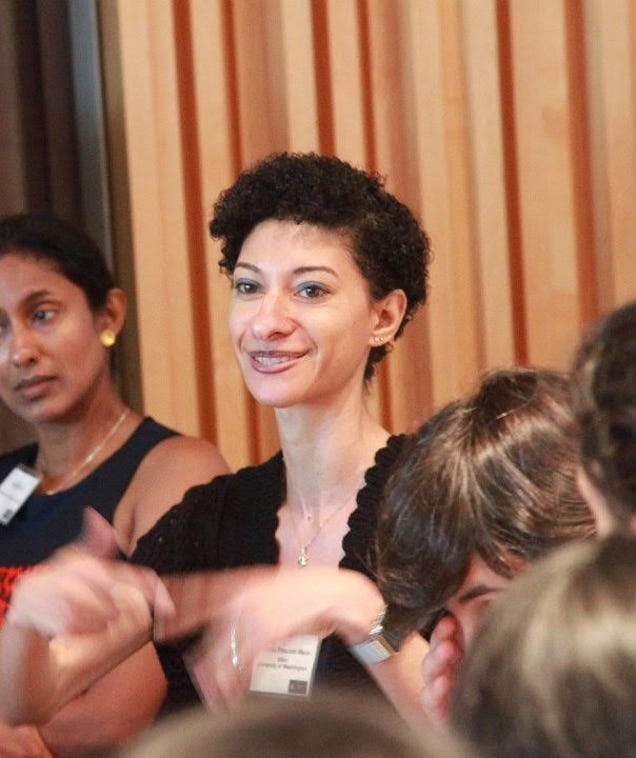Iconic Fine Arts Sculptor Edmonia Lewis Honored In Google DoodlePosted in Articles, Arts, Biography, History, Media Archive, United States, Women on 2017-02-03 01:01Z by Steven |
Iconic Fine Arts Sculptor Edmonia Lewis Honored In Google Doodle
The Huffington Post
2017-02-01
Zahara Hill, Black Voices Editorial Fellow
 Sophie Diao The artist’s dedication to portraying her African-American and Native-American ancestry separated her from other sculptors. |
Black History Month began with the art of this lesser-known black icon.
In honor of the start of Black History Month on Wednesday, Google Doodle paid tribute to Edmonia Lewis, who is considered to be the first woman of African-American and Native American descent to earn global recognition as a fine arts sculptor.
Lewis, who was born in Greenbush, New York in 1844, is particularly known for sculpting on “The Death of Cleopatra,” which is a graphic but highly praised depiction of the death of the former Egyptian Queen. Google Doodler Sophie Diao told HuffPost she drew the illustration on Google’s homepage in homage to Lewis because she has always been inspired by her work…
Read the entire article here.



